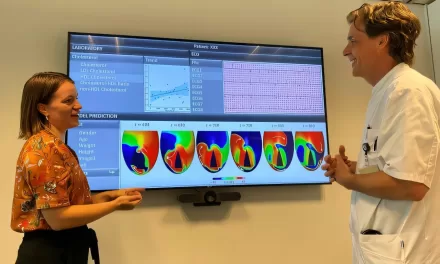
Researchers worldwide are actively seeking tangible insights into the inner workings of our minds during the contemplation of issues and the formulation of judgments. Their aim is to unlock the ability to probe the otherwise invisible processes of the mind by observing subtle bodily signals.
A study conducted at Tohoku University has uncovered a correlation between eye movements and specific types of decision-making. Kazumichi Matsumiya and Shota Furukawa, both from the university’s Graduate School of Information Sciences, have documented their findings in the journal Communications Biology. Matsumiya explains, “Our research has illuminated that eye movements unrelated to the visual aspects of decision-making are still influenced by the decision-making process.” While previous research in this field has explored how eye and hand movements impact decision-making, this study approached the matter from the opposite angle, investigating whether decision-making affects eye and hand movements.
This novel research sought to challenge the prevalent assumption that motor movements, such as eye or hand actions, remain unaffected by decision-making when they are not directly linked to the decision itself. Participants were instructed to move their eyes and right hand toward targets unrelated to an ongoing perceptual decision-making task. Initially, participants engaged in a separate task where they determined and reported the direction of movement of a briefly presented visual stimulus, defined as a perceptual decision-making task. Subsequently, they performed a task in which their eye and hand movements were irrelevant to their decision-making. By comparing the outcomes of the two tasks, the researchers were able to identify and quantify any impact of decision-making on unrelated eye and hand movements.
Matsumiya notes, “We discovered that perceptual decision-making interfered with unrelated eye movements but not hand movements. This indicates that neural signals involved in decision-making continually influence the oculomotor eye movement system, even when multiple motor actions are unrelated to the decision-making process.”
The researchers anticipate that their findings will contribute to the development of innovative technologies for inferring when mental decision-making processes are unfolding, even when they do not entail eye movements. Such advancements could prove valuable for fundamental research into the inner workings of the human mind by indirectly monitoring the presence or absence of decision-making processes. Furthermore, these insights could find practical applications in monitoring attentiveness during critical tasks that involve significant decision-making. This could be especially beneficial for mental health support, dementia care, and crime prevention, among other areas.










